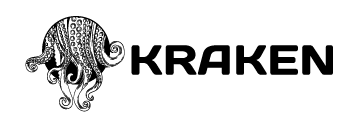Meet Veronica Saunders, the co-founder of Gabriel Saunders, a Melbourne-based architectural visualization studio.
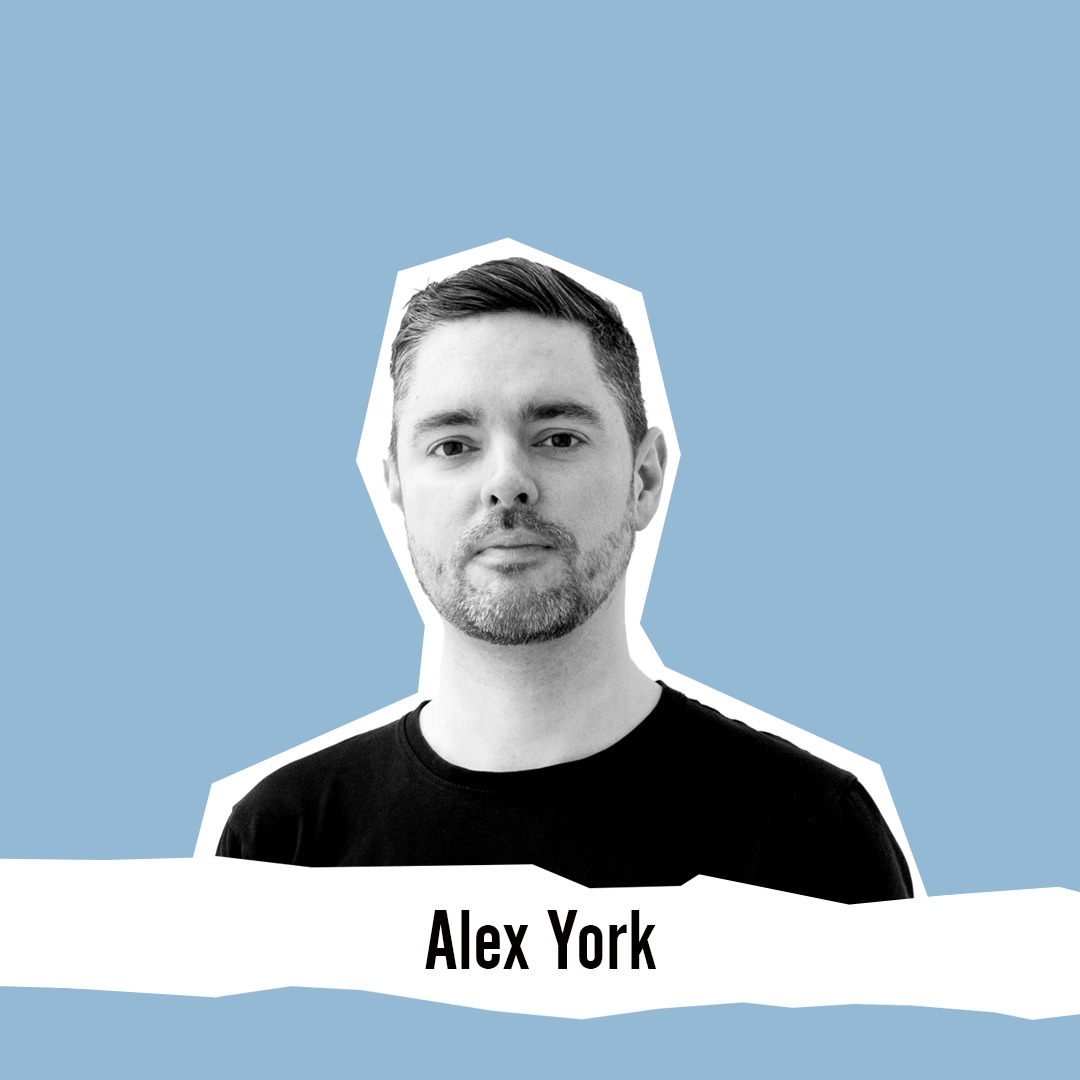
InterViz #9 // Alex York – Recent Spaces
Meet Alex, one of the visionary minds behind Recent Spaces, a London-based architectural and design rendering agency.
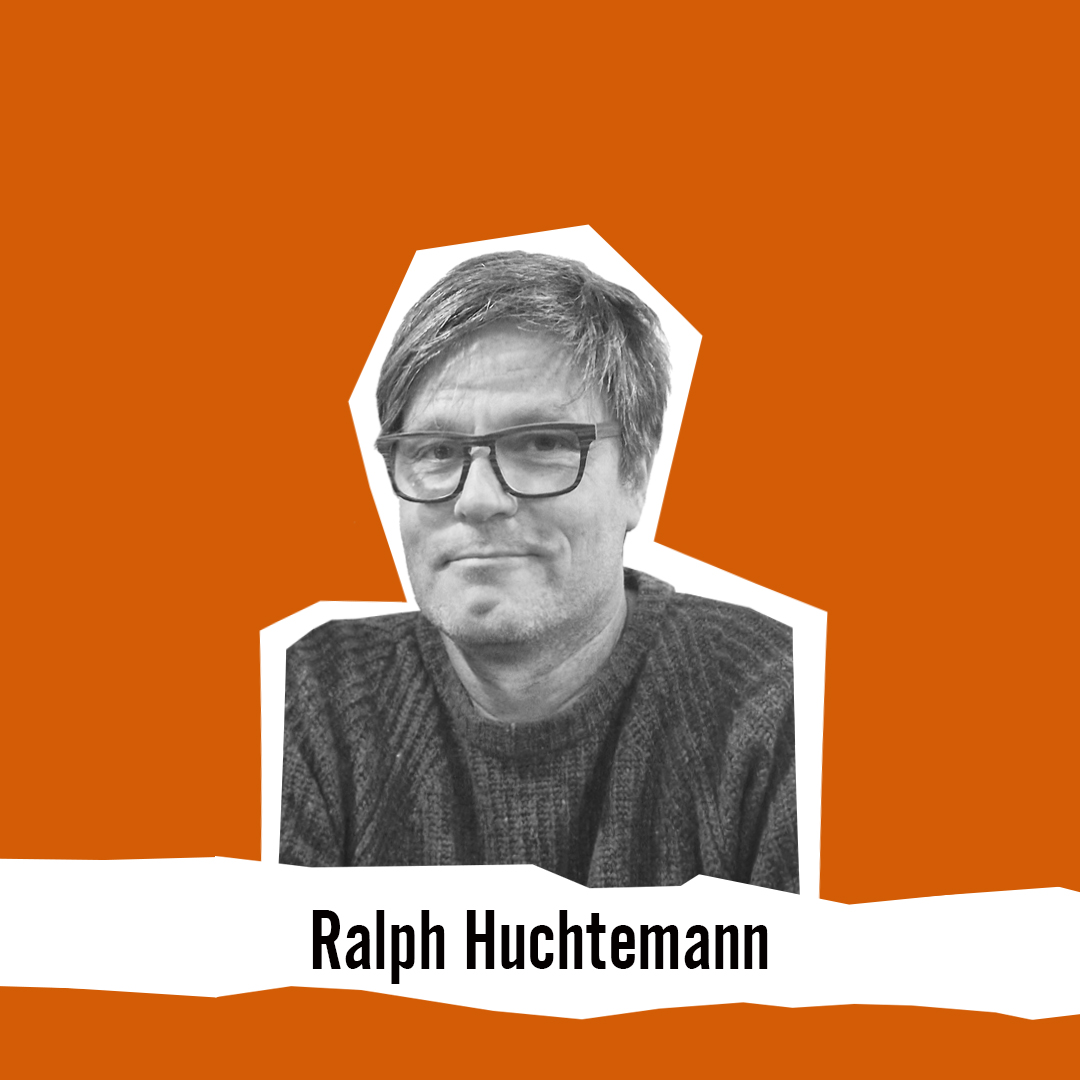
InterViz #8 // Ralph Huchtemann – RebusFarm
Introducing Ralph, the visionary behind RebusFarm—a high-performance rendering farm, comprising powerful hardware components, catering to all your rendering needs.

InterViz #7 // Alberto Berga – BergaGonzález
Alberto is the co-founder of BergaGonzález, an Architectural Visualization studio based in Barcelona.

InterViz #6 // Roberto De Rose – SOA Academy
Roberto is the co-founder, teacher and artistic director at SOA Academy, in Italy.

InterViz #5 // András Onodi – ZOA Studio
András is the founder of ZOA, an award-winning Architectural Visualization Studio located in Hungary.

InterViz #4 // Andrei Dolnikov – Binyan
Andrei Dolnikov is a multifaceted leader in ArchViz. He founded BINYAN in 2007 and has overseen award-winning projects.

InterViz #3 // András Káldos – Brick Visual
András Káldos is an Hungarian architect and 3D Artist. He created the well-known architectural visualization company Brick in 2012.
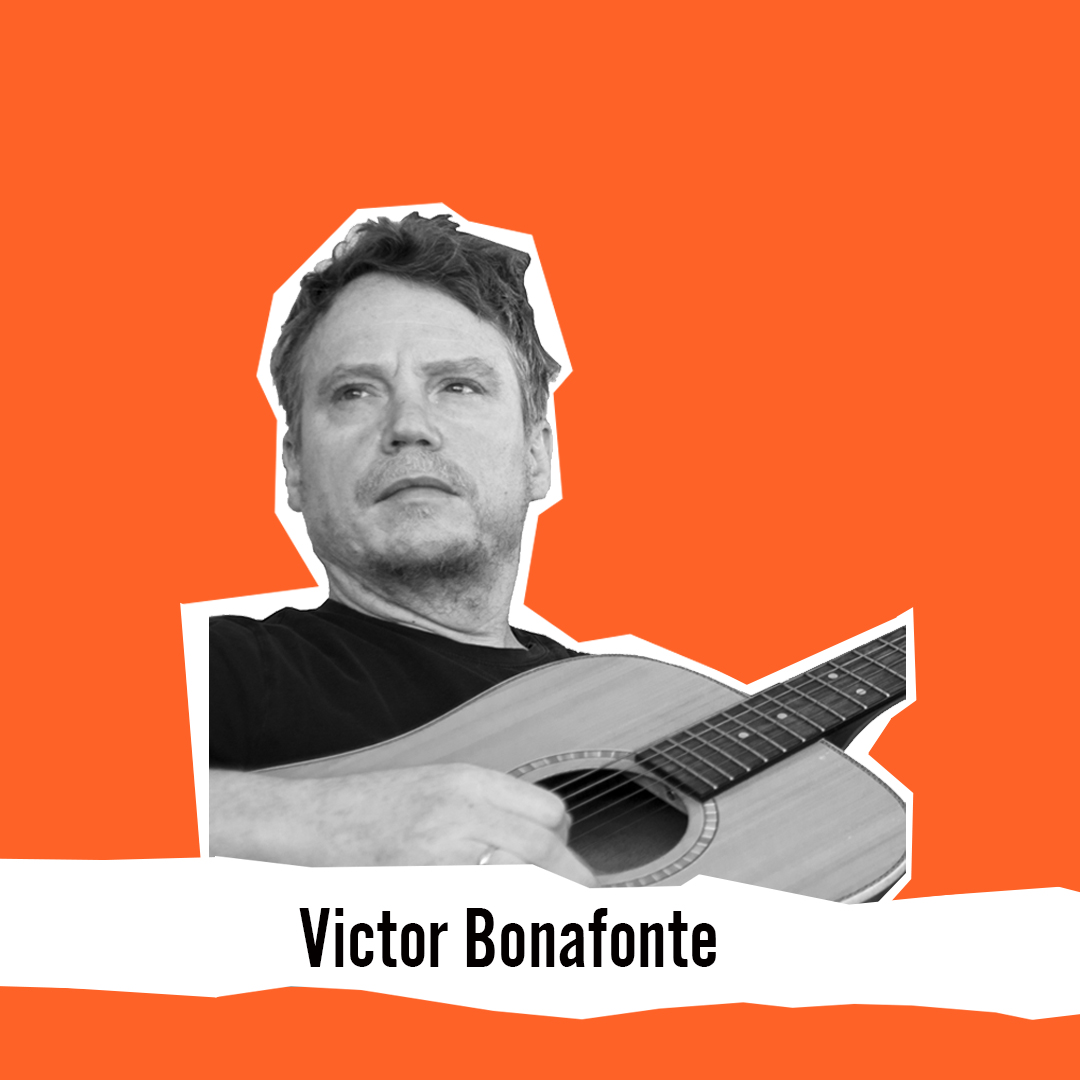
InterViz #2 // Victor Bonafonte – Beauty & The Bit
Victor Bonafonte is an Architect, Art Director and Filmmaker based in Madrid. He founded Beauty and The Bit, one of the most successful architecture communication firms, in 2012.
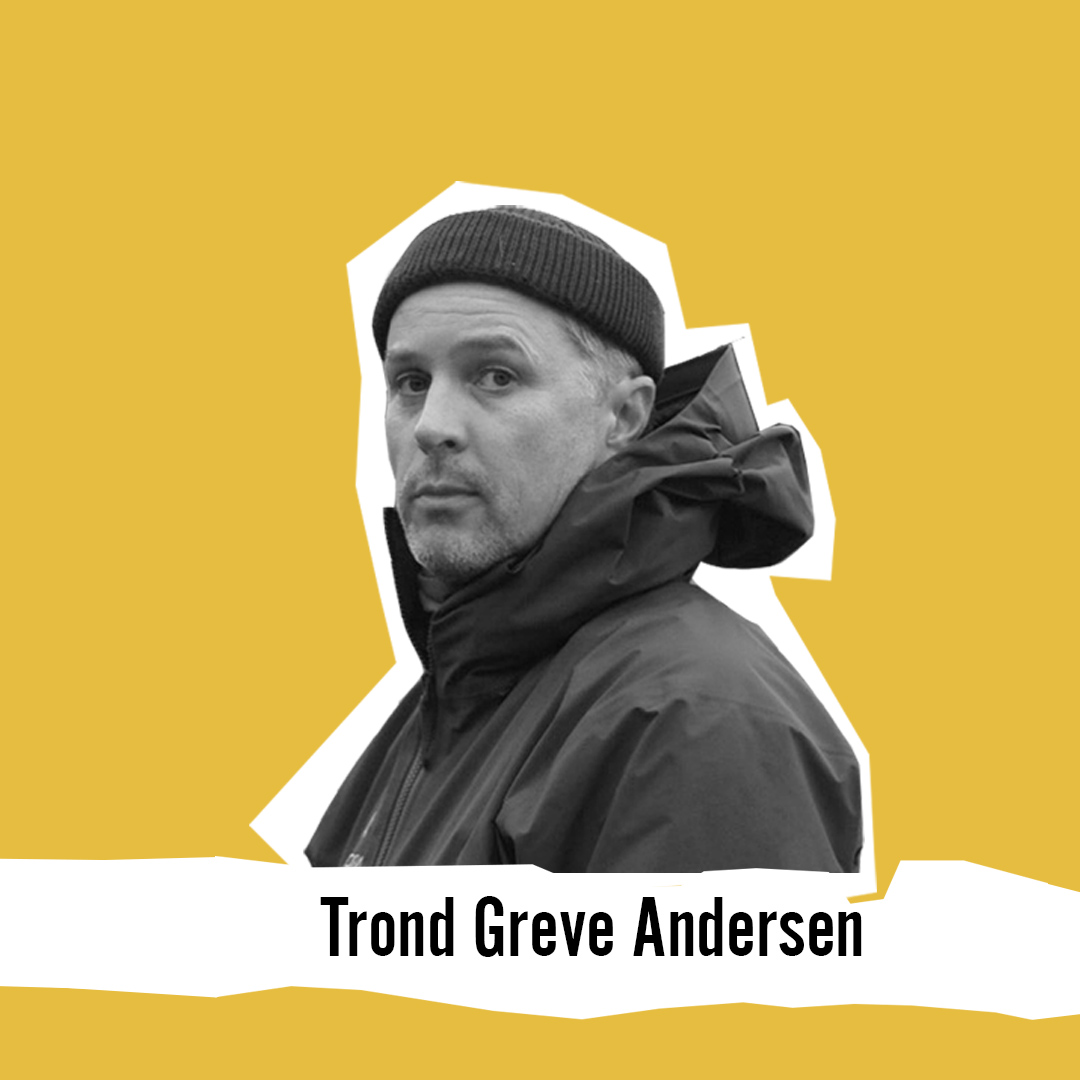
InterViz #1 // Trond Greve Andersen – Mir
Mir is a small design studio based in Norway, run by 2 friends, Trond and Mats. They make images for many of the world’s most known architectural studios.
